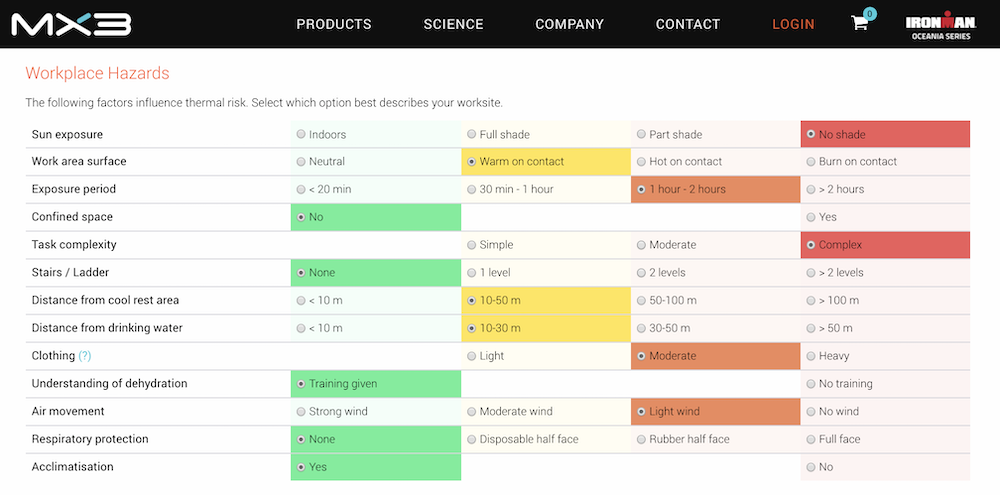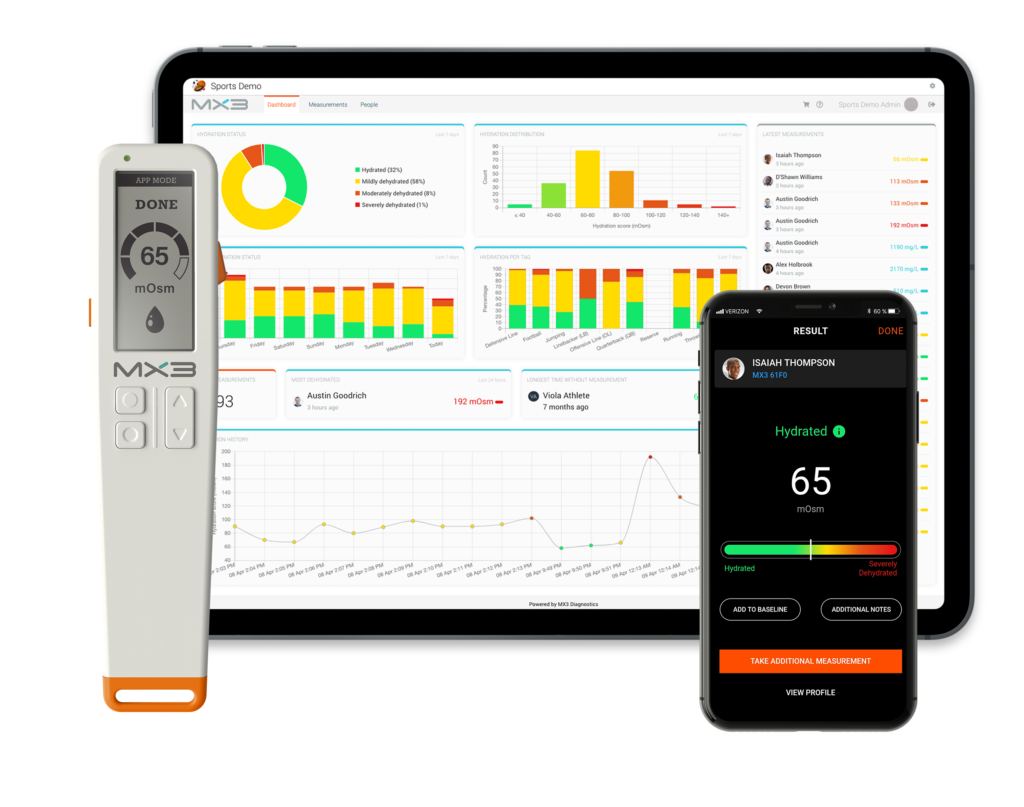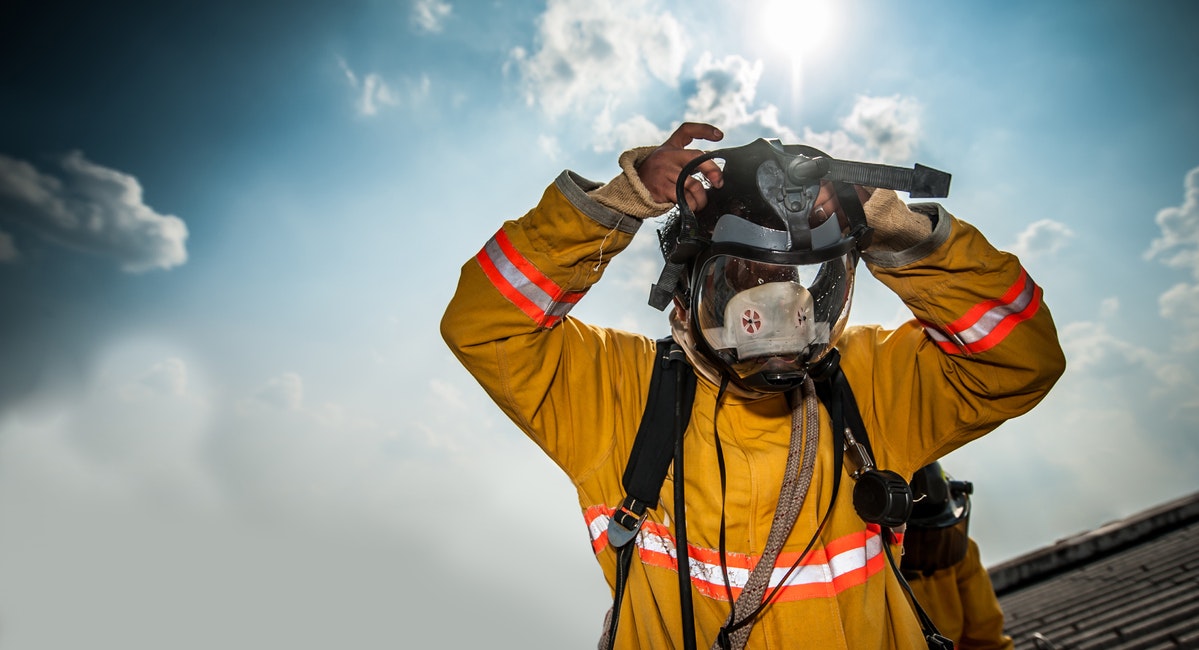We all know the risk of dehydration during summer and in hot climates. What you may not be aware of is that dehydration is also common in cold environments. Just like heat-induced dehydration, cold-induced dehydration can impact physical performance, cognitive performance and thermoregulation, leading to serious health consequences. This post explains why cold weather increases the risk of dehydration, and how it can be avoided.
Use the ONLINE TOOL to assess the risk of heat stress and dehydration at your work site.

What causes dehydration in cold environments?
Reduced Fluid Intake
In cold environments, thirst sensation is suppressed by up to 40%1. Thirst is already a relatively inaccurate indicator of hydration, and combined with a reduced sensation, workers are less likely to drink enough fluid. Additionally, voluntary fluid restriction is common in colder climates, as workers deliberately reduce fluid intake order to minimize the need to leave warmer areas to urinate2.
Respiratory Water Losses
In dry and cold climates each breath is moistened during inhalation to protect the respiratory system. The water-saturated warm air is then exhaled and lost as vapor. Cold air with 100% relative humidity contains less water vapor than warm air with lower relative humidity, causing more fluid loss from each breath2. In cold temperatures respiratory water losses can exceed a liter a day.


Over-Insulation from Cold Weather Clothing
Heavy clothing and personal protective equipment worn for temperature protection also restrict evaporative cooling from perspiration. When performing strenuous work in highly insulated equipment sweat rate can reach 2 liters per hour2.
How do I minimize dehydration in cold environments?
Regular Fluid Intake
Just like in warm weather, regular fluid intake is important in cold environments to replenish the fluid losses caused by respiration and perspiration. This is especially important due to the reduced thirst sensation caused by cold environments. Develop hydration strategies, ensure adequate fluids are readily available and actively encourage fluid consumption throughout the day.
Cold Acclimation
Cold acclimation from repeated exposure to cold environments results in physiological and perceptual changes which reduce the impact of cold exposure3. Cold acclimation has been demonstrated to reduce cold injuries, improve cold tolerance, improves comfort and reduce metabolic rate. Just like warm-weather acclimation, it’s important to gradually increase exposure to cold temperatures over a period of 1-2 weeks, with appropriate rest breaks.
Dress in Layers
Thermal protection needs at rest and during physical exertion are very different. Where possible, additional thermal protection clothing should be worn while resting, and removed when performing heat-generating tasks to avoid excessive sweating.
Monitor Hydration
Hydration tracking with the MX3 Hydration Testing System can ensure workers are consuming enough fluid to offset losses. Hydration assessment at the start of a shift can be used to monitor appropriate hydration before work. Hydration assessment during and after shifts can be used to detect abnormal dehydration, modify hydration strategies and guide rehydration after work.

Find out more about the MX3 Hydration Testing System.
1 Kenefick, R. W., Hazzard, M. P., Mahood, N. V. & Castellani, J. W. Thirst Sensations and AVP Responses at Rest and during Exercise-Cold Exposure. Medicine & Science in Sports & Exercise 36, 1528-1534, doi:10.1249/01.Mss.0000139901.63911.75 (2004).
2 Institute of Medicine Committee on Military Nutrition, R. in Nutritional Needs In Cold And In High-Altitude Environments: Applications for Military Personnel in Field Operations (eds B. M. Marriott & S. J. Carlson) (National Academies Press (US), 1996).
3 Jones, D. M., Bailey, S. P., Roelands, B., Buono, M. J. & Meeusen, R. Cold acclimation and cognitive performance: A review. Auton Neurosci 208, 36-42, doi:10.1016/j.autneu.2017.11.004 (2017).

